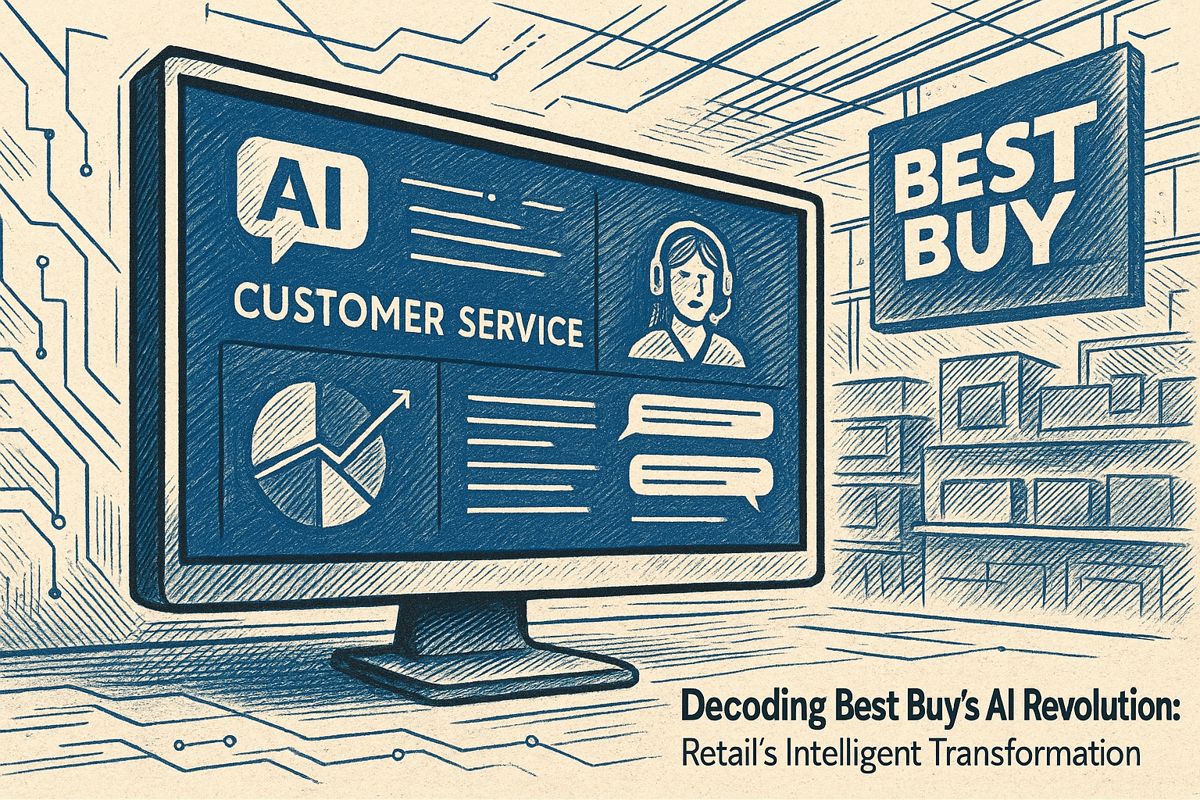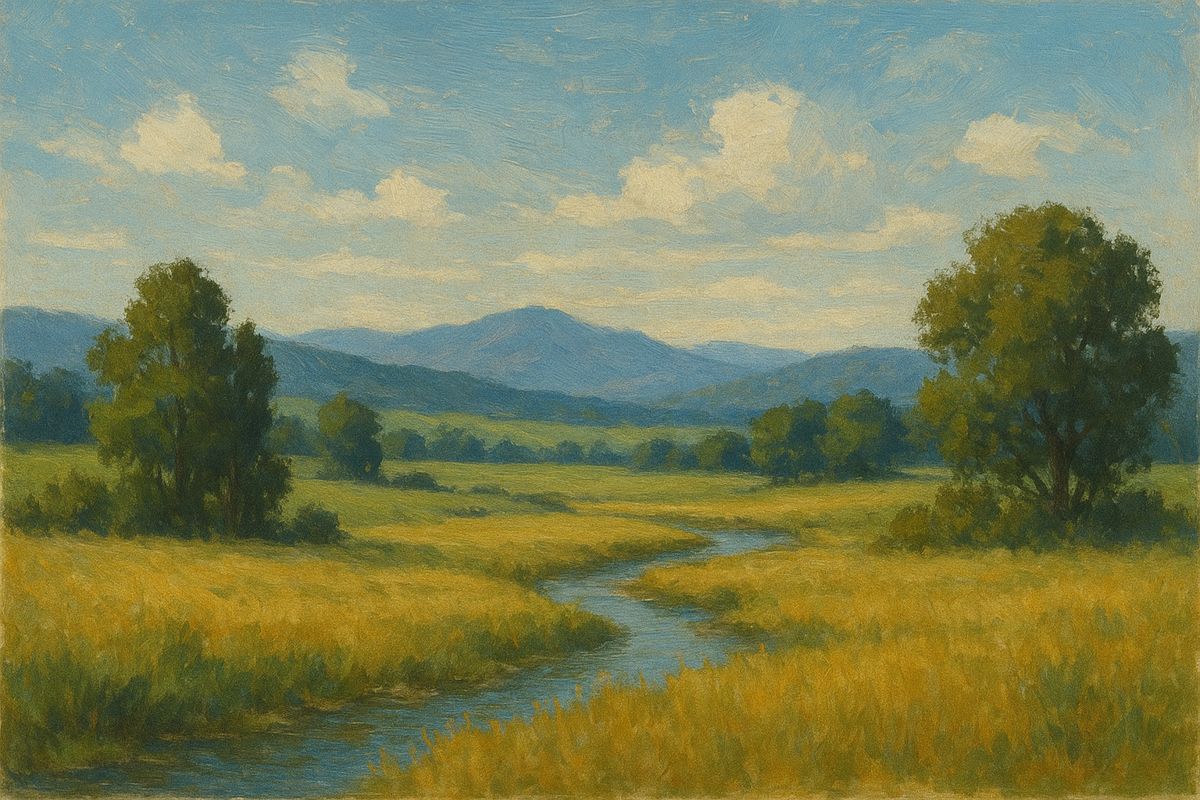Marketing teams are leading the way in using AI to boost company revenue, focusing on important numbers like customer growth and campaign returns. With AI, marketers see quick and clear wins, such as higher sales and better ad performance compared to old IT-led projects. The secret is letting marketing set the goals, working with IT to keep things safe and smooth, and building teams that work across departments. Studies show big improvements, like 8-17% better ad results when AI is used. But, most workers still need more training to feel confident using AI, so companies are focusing on teaching these skills next.
Why should marketing lead AI adoption in enterprises?
Marketing should lead AI adoption because it directly drives revenue growth by focusing AI on key metrics like pipeline, customer acquisition cost (CAC), and retention. Marketers see faster, measurable ROI, with AI-powered campaigns achieving 8-17% higher ROAS and 10-20% improved sales ROI versus traditional IT-led approaches.
Marketing departments have quietly become the most effective drivers of enterprise AI adoption, moving faster and with clearer business impact than traditional IT-led pilots. Recent data from 2024-2025 shows 70 % of marketers expect AI to play a larger role in their work, and content optimization is already the leading marketing AI use case [SurveyMonkey 2025]. The reason is simple: marketers own the revenue KPIs that AI is meant to move – pipeline, CAC, LTV, retention, campaign ROI – while IT retains its critical role in governance, security, and integration.
Why Marketing Should Lead AI Roll-outs
| Traditional IT-Led AI | Marketing-Led AI |
|---|---|
| Often detached from core KPIs | Directly tied to revenue metrics |
| Tech-first pilots | Business-case driven |
| Risk: under-utilized features | Embedded in daily workflows |
| Longer value cycles | Faster, measurable ROI |
McKinsey’s 2024-2025 benchmark synthesis confirms that organizations investing in AI through marketing and sales functions see sales ROI improve by 10-20 % on average.
The Three-Layer Operating Model Making It Work
-
Marketing Sets Goals
– Define success in marketing KPIs from day one.
– Prioritize use cases that move pipeline, CAC efficiency, or retention. -
Cross-Functional “AI for Growth” Council
– Chaired by CMO / Growth Leader
– IT Co-Chair: CIO/CTO for data, security, and deployment guardrails
– Meets monthly; quarterly portfolio reviews. -
IT Enables at Scale
– Owns enterprise data architecture, integration, and monitoring.
– Provides platform standards and model governance.
2025 KPI Wins Already Documented
| Channel / Tool | AI-Driven Gain | Source* |
|---|---|---|
| YouTube AI video campaigns | +17 % ROAS vs manual setup | Nielsen MMM Study |
| Performance Max + Demand Gen | +10 % ROAS, +12 % sales lift | Nielsen MMM Study |
| AI churn prediction (telecom) | Reduced churn, higher LTV | Solveo 2025 benchmark |
- Nielsen study measured via Marketing Mix Modeling across 50k+ campaigns.
Skill Gap to Close Next
Despite rapid adoption, only 6 % of employees feel “very comfortable” using AI. The bottleneck is training, not technology. Marketing teams are prioritizing three skills:
- Prompt engineering for brand-consistent content
- Responsible AI use to avoid privacy or compliance risks
- Evaluation of AI-generated content using QA checklists and A/B test holdouts
Quick Start Checklist for CMOs
- [ ] Pick one revenue KPI (e.g., pipeline lift) and tie every AI use case to it.
- [ ] Convene an “AI for Growth” council this quarter; publish a one-page charter.
- [ ] Upskill 25 % of marketers in prompt design and evaluation within 90 days.
By shifting AI ownership to marketing and embedding it into growth operations, firms are already unlocking 8-17 % higher ROAS and building durable competitive advantage before the enterprise AI market hits its projected $1.81 T by 2030.
Why should AI initiatives be led by marketing instead of IT?
Marketing owns the KPIs that AI is designed to move. While IT teams excel at infrastructure and security, they are often several steps removed from customer-facing metrics such as pipeline, CAC/LTV, and campaign ROI. Recent surveys show that 70 % of marketers expect AI to play a larger role in their work this year, with content optimization and customer insight generation topping the list of use cases – areas directly tied to revenue. When marketing leads, AI projects stay anchored to business outcomes rather than becoming interesting but isolated tech experiments.
What specific KPIs should marketing track to prove AI ROI?
Focus on revenue-centric indicators:
- Customer Acquisition Cost (CAC): Nielsen’s 2025 MMM study of 50 k+ campaigns found AI-optimized Google ads deliver 17 % higher ROAS, which directly translates into lower CAC.
- Lifetime Value (LTV): BCG reports that companies embedding AI in front-office functions achieve 1.5× higher revenue growth and 1.4× higher ROIC over three years.
- Conversion lift and pipeline velocity: Marketers using AI inside CRM and marketing-automation platforms report measurable increases in qualified leads and faster deal cycles.
By contrast, IT-led pilots often track technical metrics – model accuracy, latency, uptime – that do not automatically correlate with sales impact.
How do cross-functional teams with marketing leadership outperform IT-only groups?
Best-practice organizations create an “AI for Growth” council chaired by the CMO and co-owned by IT. The playbook looks like this:
| Function | Owns | Delivers |
|---|---|---|
| Marketing | Use-case prioritization, success KPIs | Revenue lift, CX improvement |
| IT / CDO | Data quality, model governance | Secure, scalable deployment |
| Risk / Legal | Responsible-AI policy, red-teaming | Compliance, brand safety |
A 2025 Grant Thornton benchmark found that councils following this model achieve 23 % higher sales effectiveness versus siloed tech projects.
Where does IT still play a critical role?
IT’s value lies in guardrails, not steering:
- Data governance: unified integration models, PII handling, lineage.
- Deployment guardrails: prompt filters, kill-switches, monitoring dashboards.
- Model lifecycle: staging gates, rollback plans, decommission criteria.
These capabilities are enablers, ensuring marketing’s AI use cases can scale safely without slowing experimentation.
What is the risk of keeping AI under IT alone?
The maturity gap is widening. 92 % of enterprises plan to increase AI investment over the next three years, yet McKinsey notes that “few firms reach maturity” when leadership and strategy – not tech – are the bottleneck. IT-led projects risk:
- Detached KPIs: optimizing for technical benchmarks instead of business results.
- Shadow AI: marketers adopt unsanctioned tools, creating data and compliance risks.
- Skill atrophy: external vendors own the capability, leaving the organization without durable competitive advantage.
Embedding AI into marketing operations – while leveraging IT for governance – turns AI from an external tool into a core driver of growth.



















